MDPV
€16.45 – €411.00
Buy Clean and pure MDPV [>94.5%] direct from our online shop
Shipping to USA, EU, NZ, AU *
*for research purposes only. human consumption is against our terms of service.
mdpv is thought to act primarily as a potent norepinephrine–dopamine reuptake inhibitor. reduced re-uptake of norepinephrine and dopamine results in higher concentrations of the two catecholamine neurotransmitters in the synaptic cleft, or gap between neurons. the result of this inhibition is an enhanced and prolonged concentration and resulting post-synaptic effect of dopaminergic and noradrenaline signaling at dopamine and norepinephrine receptors on the receiving neuron. serotonin also plays a role, although to a much lesser degree. this sudden increase in neurotransmitter concentration in the brain is thought to be responsible for the high that mdpv produces. mainly possessing re-uptake inhibiting qualities, mdpv could be considered more like cocaine or methylphenidate than amphetamine in method of action. in contrast, amphetamine acts primarily as an agonist to release dopamine and noradrenaline indirectly via activation of the taar1 receptor.
| bulk discount: | |
| 1 Gram | 16.45 |
| 3 Grams | 37.00 |
| 5 Grams | 51.50 |
| 10 Grams | 98.50 |
| 25 Grams | 226.00 |
| 50 Grams | 411.00 |



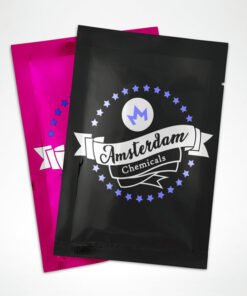
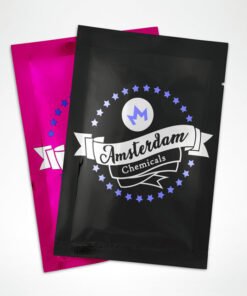

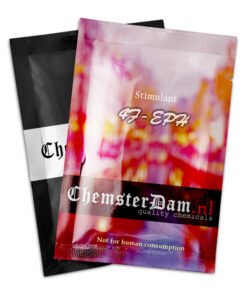
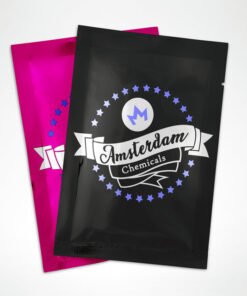
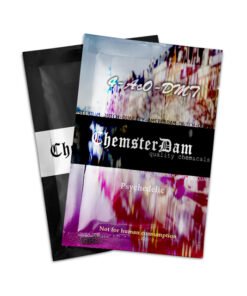
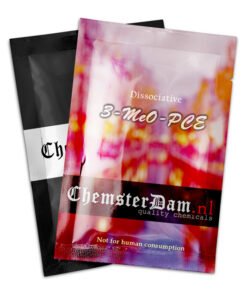

Reviews
There are no reviews yet.